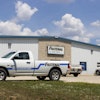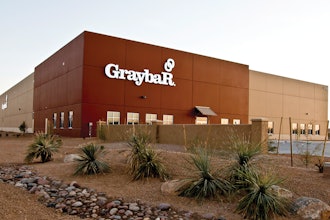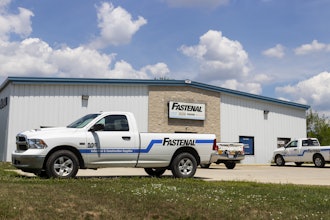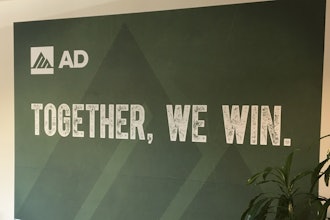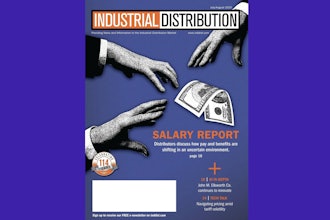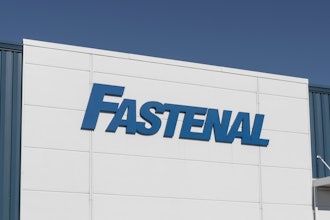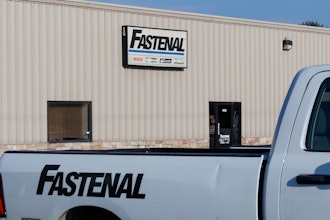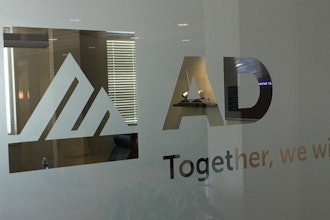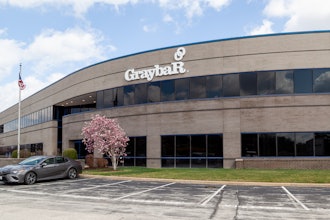
I recently read a great article on Harvard Business Review entitled “The Benefits of Bargaining with Your Customers.” It centered on willingness to pay (WTP) and why it’s so critical. The author, associate professor of strategy at INSEAD, Andrew Shipilov, rightly asserts, “The more accurate your estimate, the more likely you are to sell or the less money you’ll leave on the table for the customer.”
Shipilov goes on to give a personal anecdote from his experience shopping for leather coats in a Middle Eastern mall. In short, the vendor used his negotiation strategy and his designated anchor price point to coax Shipilov’s true WTP on the coat. Read the story and you might, as I did, find some eerie similarities to industrial B2B negotiations.
The story was certainly familiar, as was the author’s tie to business. He noted that when teaching advanced strategy topics, executives often ask him how sellers can accurately assess a buyer’s WTP. He called out that in B2B negotiations, it’s common to begin with a high starting price as a method of determining WTP.
Limits of B2B Complexity
While I agree that the seller in Shipilov’s story was masterful, I would counter that the complexity in industrial B2B companies prohibits sales reps’ ability to nurture lengthy negotiation cycles. Typically, B2B companies have hundreds of sales reps, tens of thousands of customers and hundreds of thousands of products; that means in one company there are at least one billion potential price points!
Approaching every deal with an inflated price point could be a huge time sink due to the inevitable wrestling over price, but not only that, it could result in walked deals. We typically observe that 50 percent of B2B transactions are underpriced, leaving money on the table, while 20 percent are overpriced, which result in lost share. If companies can better understand a customer’s WTP without engaging in deal-time cross-examination and bring prices to market that align with that, it’s a win-win for everyone involved.
Calculating WTP in B2B
So, how do most B2B companies go about measuring WTP? I was recently chatting on this exact topic. Some of my peers were considering conducting customer surveys to determine WTP. As one colleague correctly pointed out, it’s all about using the right tool for the right job. True, but in the context of B2B, it’s unlikely that surveys will suffice.
When it comes to WTP, why ask a customer what they believe they will do when you have a rich dataset of what they do sitting right there in your transaction data? This data shows you different WTP under a myriad of circumstances. We've found this source of intelligence to be ubiquitous, cheap, and always up-to-date, and algorithmic models are easily capable of extracting pricing signals which can drive a price optimization model. Surveys could never determine the WTP in, say, the B2B company I spoke with last week who has roughly 243,000 unique price segments. Nor could surveys update those WTPs weekly as we're doing with our algorithmic models.
All methods and models are approximations, or put another way, each has inherent statistical noise. While I don't claim that predictive pricing models based on transaction data are perfect, they are much better than survey alternatives which might be biased, are usually expensive to collect, and produce results which become stale very quickly.
 Barrett Thompson, General Manager of Commercial Excellence at Zilliant
Barrett Thompson, General Manager of Commercial Excellence at ZilliantEven survey methods are much better than cost-plus or gut-feel! So, look at where you are and envision where you want to be, then act…
Barrett Thompson is general manager of commercial excellence at Zilliant, where he leads the business solutions consultant team. The team aligns Zilliant solutions to customer needs and promote pricing and sales best practices among its customers.



